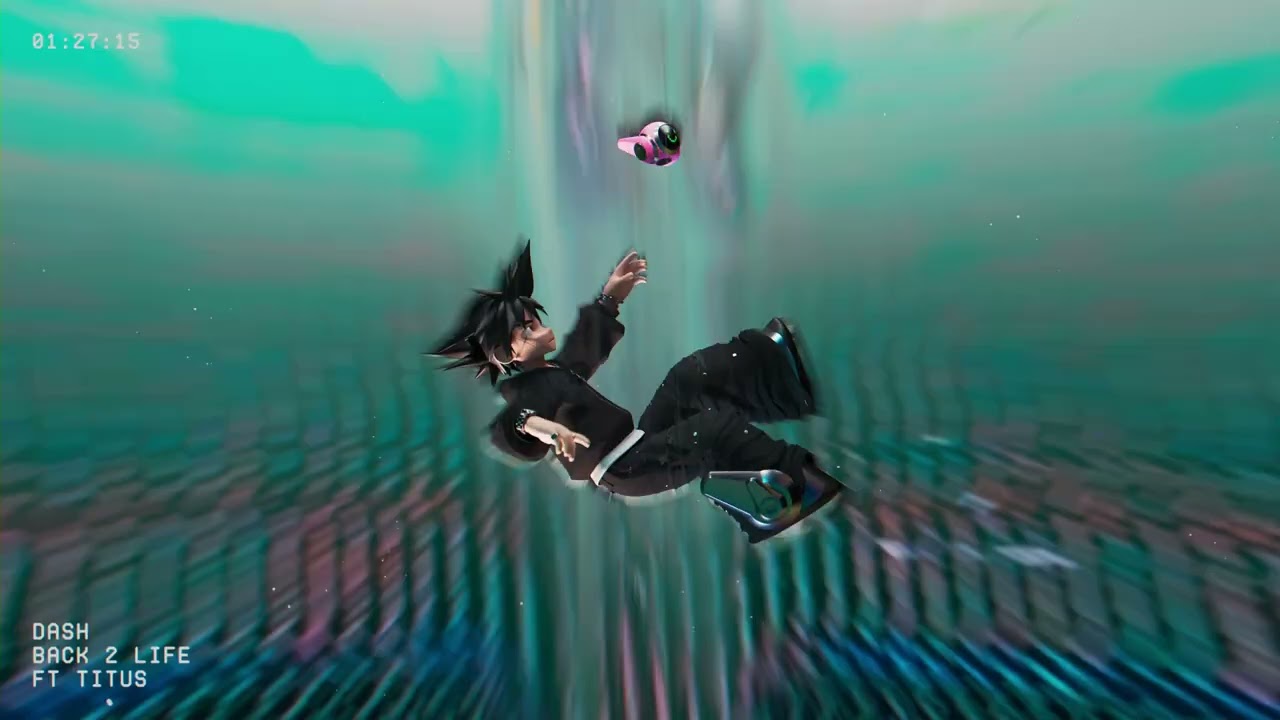Created by Norihiro Yagi, Claymore is a dark fantasy story unlike any other. The manga, released from 2001 to 2014, tells the story of a warrior named Clare, a Claymore who follows the orders the secretive Organization to rid the world of Yoma, man-eating shape-shifting demons -- creatures that every Claymore also shares DNA with.
Like other shonen titles of its time, Claymore follows the storytelling patterns and trappings of the genre, in which the weak protagonist starts on a journey to gain power, eventually coming out on top after much training and struggle. However, in Clare's story, there is always a definite limit to powering up and breaking through power levels. Akin to Midoriya in My Hero Academia, Claymores release and control their powers, called Yoma energy, in increments. The more Yoma energy Claymores release, the more powerful they become, but they can only release a certain amount before they become unable to control themselves and go wild.
Every Claymore starts at 0%, which is their normal state. At this level, they have enhanced speed, strength and vision, which is usually more than enough on their own. When a Claymore powers up, their physical appearance changes according to the percentage of Yoma energy released. Most claymores release 10% of their energy to fight, turning their silver eyes gold and cat-like. But, 30% and beyond, they start to become more monstrous, their bodies and limbs bulging with inhuman muscle.
A Claymore's safety limit is at 70% Yoma energy release, where they can use the majority of their strength while still retaining their human consciousness. Of course, they can continue to release more but, beyond 80%, there's a high chance that they'll lose their humanity to their overflowing power. When that happens, a Claymore will eventually release 100% of their power and fully transform into a monstrous Awakened Being with no trace of humanity left.
Although powerful, Awakened Beings can be defeated by a group of Claymores, though it's definitely an undertaking. However, high-ranking Claymores, usually ranked number one or two by The Organization, become Abyssal Ones when they awaken -- extremely powerful and nigh-unbeatable monsters. At the beginning of the series, the very first Abyssal Ones are the only Abyssal Ones: the former number ones Isley, Riful and Luciela, who were avoided by The Organization due to their immense power.
Despite Claymores receiving their Yoma powers from an equal source, they all adapt to it differently, resulting in different baseline power for each woman as well as determining their upper limit. This means that a Claymore can become an Awakened Being, but still be defeated by a more powerful unawakened Claymore. For example, when the Claymore Teresa kills an Awakened Being using only 10% of her Yoma energy. Teresa was known as the strongest Claymore in history at that time -- anything less than the most powerful of Awakened Beings would be nothing to her. In this sense, a Claymore is similar to a pack animal; on their own, one might be enough, but in a large group -- which Claymore tend to form when dealing with Awakened Beings and Abyssal Ones -- they have much better odds of winning.
Though there are instances where it may look like some characters are skipping levels, like with main villain Priscilla and the aforementioned Teresa, these cases surprisingly aren't exceptions to the rules, harkening back to the principal of fundamental strength. In Claymore, someone naturally strong will surely evolve into their strongest version, while the weak ones can get stronger but never exceed those at the top. It's the very reason why an unawakened Teresa could easily fight and keep up with Priscilla's awakened form and finally kill her when she herself actually awakens.
Ultimately, Claymore's power scaling reflects the inherent strengths and weaknesses of all humans and living beings. Although it may not seem fair, talented people do have an advantage, but that's also why people have different abilities. What one lacks, someone else can provide, and vice versa. This is the heart of Claymore. It's about working together with others to complete what's missing and unite to achieve everyone's goal.
About The Author

